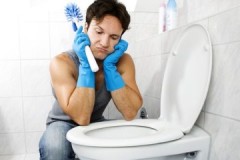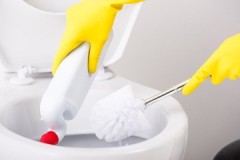What do you need to know about the toilet cleaning schedule?
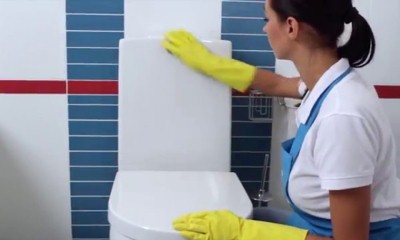 Planning and controlling the cleaning of toilets in institutions is an important part of their functioning.
Planning and controlling the cleaning of toilets in institutions is an important part of their functioning.
This is not only keeping the premises clean, but also preventing the spread of viruses, bacteria and infectious diseases. The frequency, time and volume of work is determined by the traffic of the facility and the status of the organization.
In this article, we will talk about the schedule for cleaning toilets, the norms and requirements of SanPiN.
Content
What it is?
Graph - this is a table that helps the performer understand: where, when, what type and amount of work should be done... If the document is drawn up correctly, there will be no misunderstandings between the cleaner and the inspector, and systematic cleaning will allow you to keep the room in perfect order without significant expenditure of time and effort.
Requirements for registration
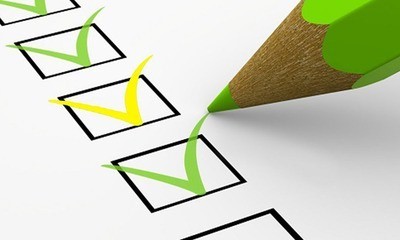 The document is drawn up in accordance with the sanitary and epidemiological rules and regulations (SanPiN) for organizations and contains the following information:
The document is drawn up in accordance with the sanitary and epidemiological rules and regulations (SanPiN) for organizations and contains the following information:
- The current date.
- Cleaning time.
- Full name of the responsible executor.
- Information about the controller.
The graph is posted on the wall. After each cleaning and inspection, the personal signatures of the person in charge and the inspector are put in the specially designated fields. The completed document is stored in the archive for a period set in the organization, after which it is disposed of.
By time schedule can be compiled into:
- day,
- month,
- quarter,
- half a year or a year.
Download a sample form for a 1-day toilet cleaning schedule
To create the necessary document, you can use a ready-made sample, an online constructor, or ask for help from professionals.
Why is there no universal document? Cleaning of bathrooms in various institutions may differ significantly:
- quantity,
- frequency,
- duration of treatments,
- requirements for disinfectant solutions and their preparation time.
DOW (kindergartens)
For preschool institutions, special rules for cleaning toilets have been established, according to SanPiN 2.4.1.3049-13. Plumbing equipment is disinfected daily, components and door handles are treated with a warm soapy solution.
Pots are washed after each use using bristle tools (ruffs, brushes) and gentle cleaning solutions.Responsibility for adhering to the schedule rests with the director of the preschool institution.
Schools
 According to SanPiN 2.4.2.2821-10, toilets in educational institutions are wet treated with disinfectants after each change, and plumbing is disinfected every day.
According to SanPiN 2.4.2.2821-10, toilets in educational institutions are wet treated with disinfectants after each change, and plumbing is disinfected every day.
A warm soapy solution is used to clean the components., for cleaning sinks and toilets, brushes and brushes are used and the agents permitted by the protocol.
The inventory is processed, marked and stored in strict accordance with the document. The responsible person is the director of a school or lyceum.
Catering enterprises
Since we are talking about the health of visitors, the regulatory authorities require strict compliance with the rules from the owners of cafes, restaurants and canteens. The cleanliness of the bathroom is considered to be an indicator of the general sanitary and hygienic level.
It is necessary to carry out daily disinfection, every three days the plumbing should be treated with hydrochloric acid. Schedules of daily, periodic and general cleaning are drawn up.
Norms and rules of disinfection
There are general rules and regulations that relate to the cleaner, the process itself and the equipment for carrying it out. Executing personnel must be specially trained, have personal protective equipment, and use only certified disinfectants.
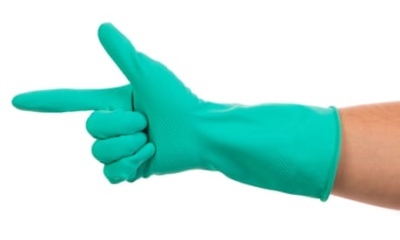 Universal instructions for daily cleaning of the bathroom:
Universal instructions for daily cleaning of the bathroom:
- Take out the trash.
- Replace consumables as needed.
- Clean vertical and horizontal surfaces from dirt.
- Disinfect them.
- Process the plumbing.
- Clean the floor.
To carry out the work, the following inventory is required:
- napkins, sponges, hand brushes;
- tools for dry and wet floor cleaning;
- containers for water and solutions;
- detergents and disinfectants for household chemicals;
- personal protective equipment.
Cleaning equipment is marked in red to avoid its use in other areas.
Advice
Compliance with the drawn up and certified schedule must be constantly monitored. The human factor is the most unreliable. Inspection statistics of Rospotrebnadzor states that the most frequent violations in organizations:
- Toilets are not cleaned and disinfected (73% of cases).
- Information about them is not recorded in the corresponding journal.
- There is no schedule and registration of preparation of a solution for disinfection.
- There is no certificate for disinfectants (33%).
- Toilet cleaning supplies are stored and labeled incorrectly (13%).
Conclusion
The cleaning schedule for toilets allows you to timely and fully comply with the requirements and rules established by the sanitary-epidemiological service and Rospotrebnadzor. If the organization does not have a specialist who will draw it up correctly, it is better to seek help from professionals.

